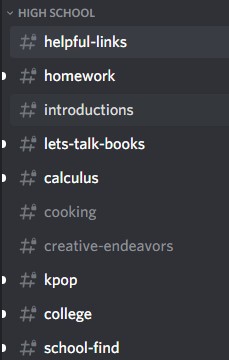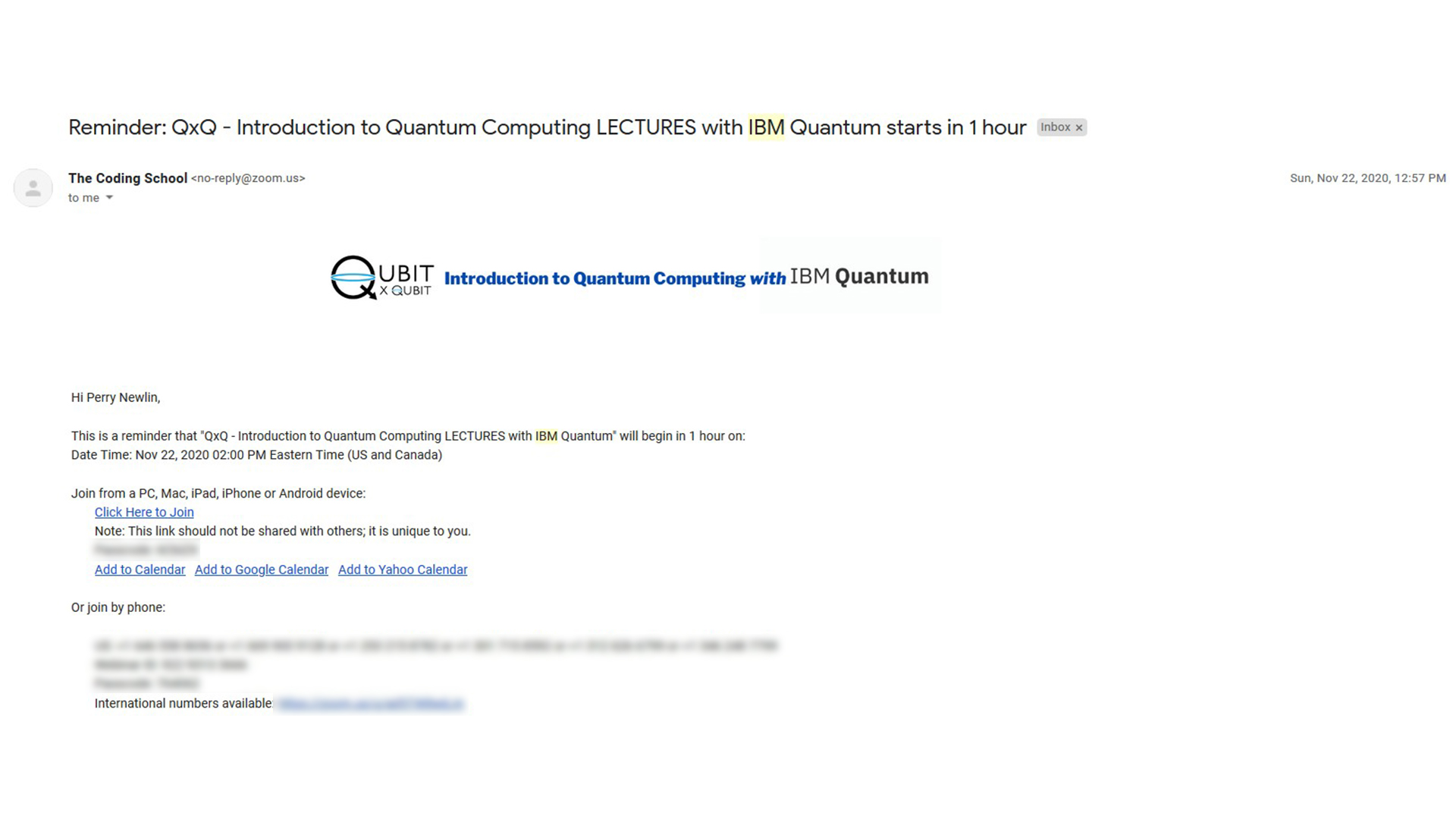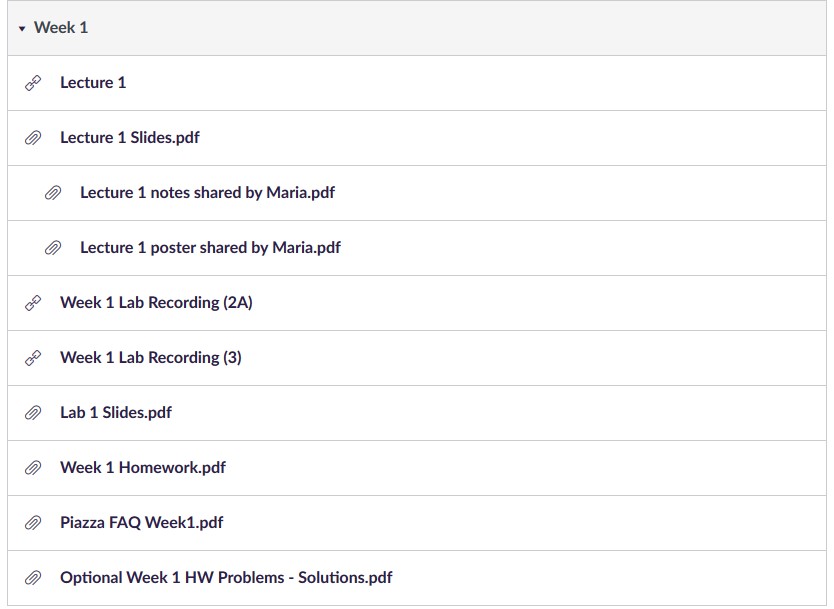Getting Started with FPGAs
My experience with FPGAs. The Pros and Cons.

Qubit by Qubit is a small yet fast growing organization with the goal of teaching and spreading the importance of quantum computing to the world. The course is designed for high schoolers, university students, and even those in the work force. It’s for everybody!
The course at the moment is being funded by IBM and by Google. IBM has long since been pioneering the educational quantum computing landscape. You may’ve heard of their previous quantum computing educational programs such as the IBM quantum experience, Qiskit framework, and the Qiskit summer school that took place in the summer of 2020.
Qubit by Qubit isn’t like IBM’s previous attempts at teaching quantum computing to the world, this time around, it’s much much more ambitious and exciting.
The course is a year long for starters, making it much longer than the prior Qiskit summer school program, and unlike the summer school, this new course actually can count for high school credit. And as a high school student, I couldn’t be more excited to hear this. So for this point alone, this course is already looking pretty good.
It’s also worthwhile to take a deep dive into just how diverse this new program is! Over 110 countries are being represented, all 50 states within the USA are being represented, 53% of the course is female, and 40% of the students are students of color! Wow, those are some impressive numbers to be boasting. Another point for you Qubit by Qubit. If you would like to look at more impressive numbers, check out their official website.
On top of everything mentioned, the course is even being lead by MIT and Oxford researchers respectively.
While yes, everything mentioned above is true, and insanely impressive, it doesn’t really reflect how the course truly is in the eyes of a student. So, lets get into that.
The course is mainly organized via the usage of the major talk and text platform discord. This is where the staff will update you on course announcements, and give you the chance to converse with other students.
When it’s time to tune in on a lecture, which happens every Sunday, the staff will notify you through the discord, and you will receive an email to remind you that there’s a lecture for that day.
Their discord server also features a tagging system for HStudents (High School Students), and Uni/Work-student (In university or workforce). This is done to sort of divide the two groups. Don’t get it confused though! You will have the opportunity to talk with those not under the same tagging but, you can only do this in certain select text channels.
At the beginning of the course all of the students had the opportunity to suggest and create their own text-channels that they believed would benefit the class. Example, in the course there is a text channel named #pc-builders this where those interested in computer building and other topics along the same line can come together and conjugate their ideas with like minded individuals. Yours truly came up with the #helpful-links channel, which is still in play in the student community today!
 Student Made Text-Channels
Student Made Text-Channels
It’s also important to keep in mind that the student made text channels made by high school students, can only be accessed by fellow high school students. And likewise the other way around for Uni/Work-students. All though I can understand why this may’ve been done. I would love to have seen the opportunity for students to suggest and unlock these channels for both groups of students, as some of these channels are harmless. Like for example #creative-endeavors, which is a channel utilized mainly for sharing each other’s hobby projects. I Don’t see too much reason to lock this channel down exclusively to one or the other set of students.
As mentioned earlier the lectures occur every Sunday at 2:00PM EST, which for me personally is a pretty good time, I can’t speak for those across the globe however as this time may not work in there favor. I would also like to compliment the team on taking the initiative of recording each lecture so in the case the timing doesn’t work for a student, they always have the option to watch the lecture at a later date.
Below you can see the E-mail that all students receive as lecture reminders;
 Lecture Reminder Email
Lecture Reminder Email
Overall I would give the lectures an 8/10, they are well made and thought out. The only thing that I could think to improve upon would be to get different proctors. Don’t get me wrong, this semesters proctor was great, but seeing some variety would’ve been nice. I would also like to throw out there a big thank you for the staff on uploading the lecture slideshow presentation before the lecture begins. That was super helpful.
Every week throughout the course you will have one lab session. Labs are split up into 15 groups. Each group goes on a different day, at a different time. And all of the labs are rated per experience level. For the first semester the labs were divvied up like so:
Me personally I went for #4 as that seemed most appropriate for me, and plus, it would give me the opportunity to work along side students not in high school.
As per what the labs are like, they are pretty much re-caps of the lecture from the previous week. Same content, but with different examples, and numbers. Here’s the catch though. Attending the labs is REQUIRED. You heard me right, if you miss out on too many lab sessions (the limit is 2), you will be kicked from the course for in-activity.
In terms of the labs I would give them a 6/10. They are good review, but that’s about it. Would love to see more interaction with the students or setup some class activities for students to compete or interact with one another, to make the labs seem more like a lab, instead of being another lecture.
A great example would be like creating a Kahoot for the lab students, or just adding something more interactive. Besides that, the labs were pretty good, and the instructors did a wonderful job at explaining the material.
NOTE: You sign up for your preferred lab at the beginning of the first semester, and are given a second sign up sheet for labs once the second semester starts.
NOTE #2: As with the lectures, you will also receive an email reminding you when your lab is about start.
The homework for this course was hosted on the online platform, instructure, which is a learning management platform commonly utilized by online schooling. The way that this platform was utilized, was that every week after we had our lecture on Sunday, the homework would be posted here on instructure, and would be due by next Sunday, 11:59PM. After which, the assignment would be late. You can still turn in your homework after it’s due, but you won’t be counted for full credit for that assignment.
The platform also allows for students to retake their homework assignments as many times as they want, whenever they want, throughout the week. On top of this, each homework attempt is given an unlimited time frame to be completed. This is a wonderful feature, I have to give a huge thanks to QxQ for this setup, it provides an educational, yet stress-free environment to practice our knowledge and put it through the ranks! It’s also important to know that homework is auto-graded. The the very minute you turn in your assignment, you are immediately given back your grade, which is given as a percentage, and a fraction for your total correctly answered. The site will also tell you which problems you got incorrect, however, it will not tell you which answer is correct.
Questions on the homework come in all different forms, some in multiple choice, and some in text format. When the question is in text format, you will need to provide your answer just as you had gotten in your calculation (the instructions will tell you how to round and format your answer correctly)
Within the instructure platform, they also provide their recorded lectures for that week, and upload their own custom made cheat sheets for certain material. For example, there are cheat sheets for Eigenvectors and Eigenvalues that can assist students who are struggling or just need it as a referral for said content.
 Instructure Layout Example
Instructure Layout Example
Overall I give the homework and assignments layout a 9/10, I really love the way that everything is formatted and well organized via the instructure platform. This was definitely the go to call in terms of how homework should be posted. My only critique is that there should’ve been a go to place for questions on the discord instead of having a dedicated platform, Piazza, that users need to locate them selves on to have their questions answered. Or at least had given the students the ability to vote on whether the proctor questions to be on the discord or on a separate platform. Other than that, this part of the course was excellent.
The course was advertised as a course for everybody, to the most experienced, and the newcomers. Did it live up to that? Well… Sort of.
The course definitely started off pretty seamless with both high school students and Uni/Workforce students staying up to pace. It wasn’t until around week 3 / week 4 when the content started to get pretty rough for newcomers. You were definitely at an advantage if you were either more experienced with quantum computing or simply a Uni/Workforce student. That being said, it obviously wasn’t impossible for high school students to keep up, many did. But an argument can easily be made that if you are a beginner high school student wanting to get into Quantum Computing, get ready to put in more effort in studying than other students. And that’s not necessarily a bad thing.
In conclusion, the first semester of this course was great! And I can’t wait for more. And if you have the time to attend this course in the future, do so! It will be worth your while, and the knowledge you take away will be incredibly useful to the future of quantum computing. There may be some downsides and some flukes to work out, but I don’t doubt those will be ironed over in time.